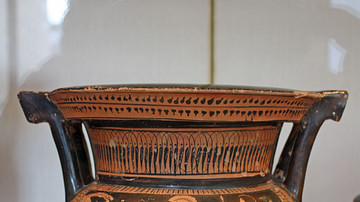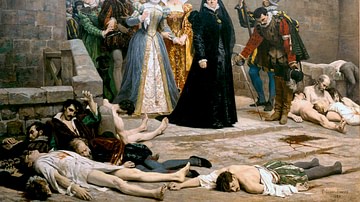Review

| Rating: | |
|---|---|
| Title: | Virtuous Bankers: A Day in the Life of the Eighteenth-Century Bank of England |
| Author: | Anne L. Murphy |
| Audience: | University |
| Difficulty: | Easy |
| Publisher: | Princeton University Press |
| Published: | 2023 |
| Pages: | 275 |
Anne L. Murphy uses precise details and statistics to recreate a day in the Bank of England in the 1780s. Murphy also excels in putting this microhistory in the larger context of the bank's relationship with the British state and British economic history. Because of the number of primary sources this book uses, both established scholars and university-level students can benefit from reading it.
Nicknamed "The Old Lady of Threadneedle Street," the Bank of England is probably the most historically influential British financial organization. In Virtuous Bankers: A Day in the Life of the Eighteenth-Century Bank of England, Anne L. Murphy synthesizes a vast and impressive amount of primary sources, such as bills, ledgers, and minute books, to accurately and specifically depict the bank's operations. The core primary source of this book is an inspection of the bank, conducted in 1783 by three Bank of England directors, Samuel Bosanquet, Thomas Dea, and Benjamin Winthrop. By situating the Bank of England in the contexts of London and Britain at large, Murphy paints it a lively, much-needed, and three-dimensional portrait that uncovers the unknown corners of this well-known bank. Clarifying the legal and economic distinctions between the Bank of England and the British state, this book is highly recommended to university students of financial history or anyone looking for an analysis of primary sources on the Bank of England.
The Bank of England was nationalized in 1946, and in the years since its creation in 1694, it was owned by private investors. The British government contracted the bank for loans to finance its empire, making the bank a powerful influencer of global geopolitics in the 18th century. The book's Introduction and Conclusion are where Murphy links the bank's microhistory to Britain's macrohistory, but the body chapters do not quite discuss further this connection. For those looking for a bigger picture or an instructor needing to assign a chapter-length reading, the Introduction and Conclusion could be great materials.
This book contains six body chapters put in chronological order. Each chapter follows one time period of a day, from the opening of the gates in the morning to the security measures at night. The chapters are not simple timelines, however. Murphy skillfully weaves thematic discussions with the book's chronological structure, making sure the analysis of the many documents from the Bank of England Archives is connected to British society and politics. For instance, Chapter Four provides a thorough overview of the bank's internal labor market and how the patronage system decided who got promoted and who remained unmoved in one position. These thematic discussions break down the Bank of England's organizational structure as if readers are watching a camera rolling throughout the bank's offices during a day in 1783.
Instead of reading it as a traditional academic book that develops a clear thesis, one should approach Virtuous Bankers as more of a highly thematically-linked encyclopedia or a tool book. The chronological structure of the chapters makes each chapter more independent from the others. The extensive amount of supplementary materials also adds to the book's merit. Its seven appendices lay out transcripts of the 1783 inspection reports as well as a list of Bank of England employees and their wages. The book's bibliography is a goldmine for readers wanting to research further into the historical context. For readers looking for visual depictions, this book also contains 13 artworks by painters like George Elgar Hicks and four data tables that present the interiors and operations of the bank. Murphy's book would be the most helpful for a graduate student currently writing a dissertation on British financial history.
Anne Murphy is Professor of History at the University of Portsmouth and has worked for over a decade trading interest rate and foreign exchange derivatives in London. To put Murphy's book in a broader historical context, one would benefit from reading Joel Mokyr's The Enlightened Economy: An Economic History of Britain 1700-1850 (2012). Murphy's study inspires reflections on more modern popular banking agencies, such as the United States' Federal Reserve that have received much public attention over whether it is a "privately-operated" organization.
About the Reviewer
Cite This Work
APA Style
Zou, Z. (2023, May 09). Virtuous Bankers: A Day in the Life of the Eighteenth-Century Bank of England. World History Encyclopedia. Retrieved from https://www.worldhistory.org/review/344/virtuous-bankers-a-day-in-the-life-of-the-eighteen/
Chicago Style
Zou, Zhihui. "Virtuous Bankers: A Day in the Life of the Eighteenth-Century Bank of England." World History Encyclopedia. Last modified May 09, 2023. https://www.worldhistory.org/review/344/virtuous-bankers-a-day-in-the-life-of-the-eighteen/.
MLA Style
Zou, Zhihui. "Virtuous Bankers: A Day in the Life of the Eighteenth-Century Bank of England." World History Encyclopedia. World History Encyclopedia, 09 May 2023. Web. 26 Apr 2024.



